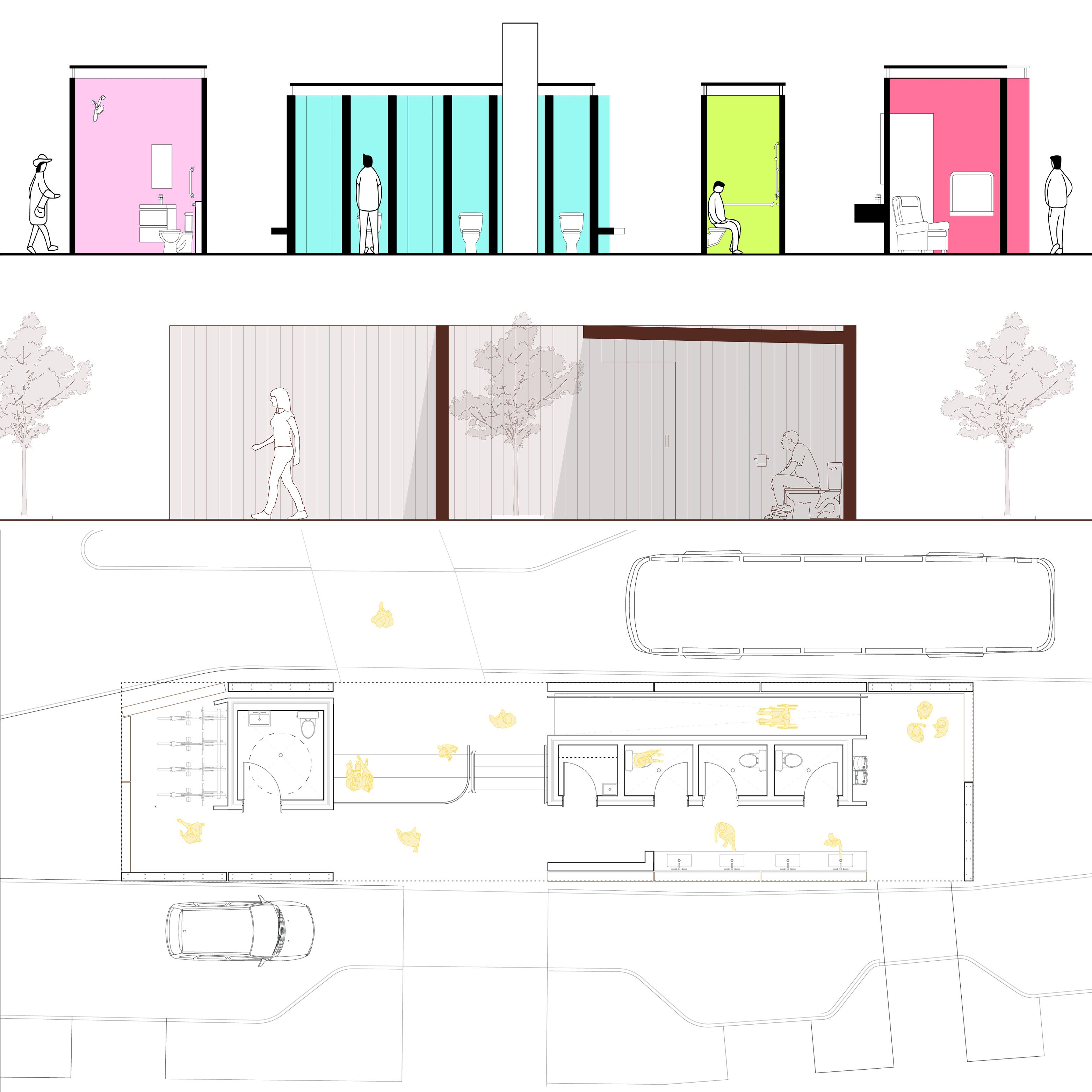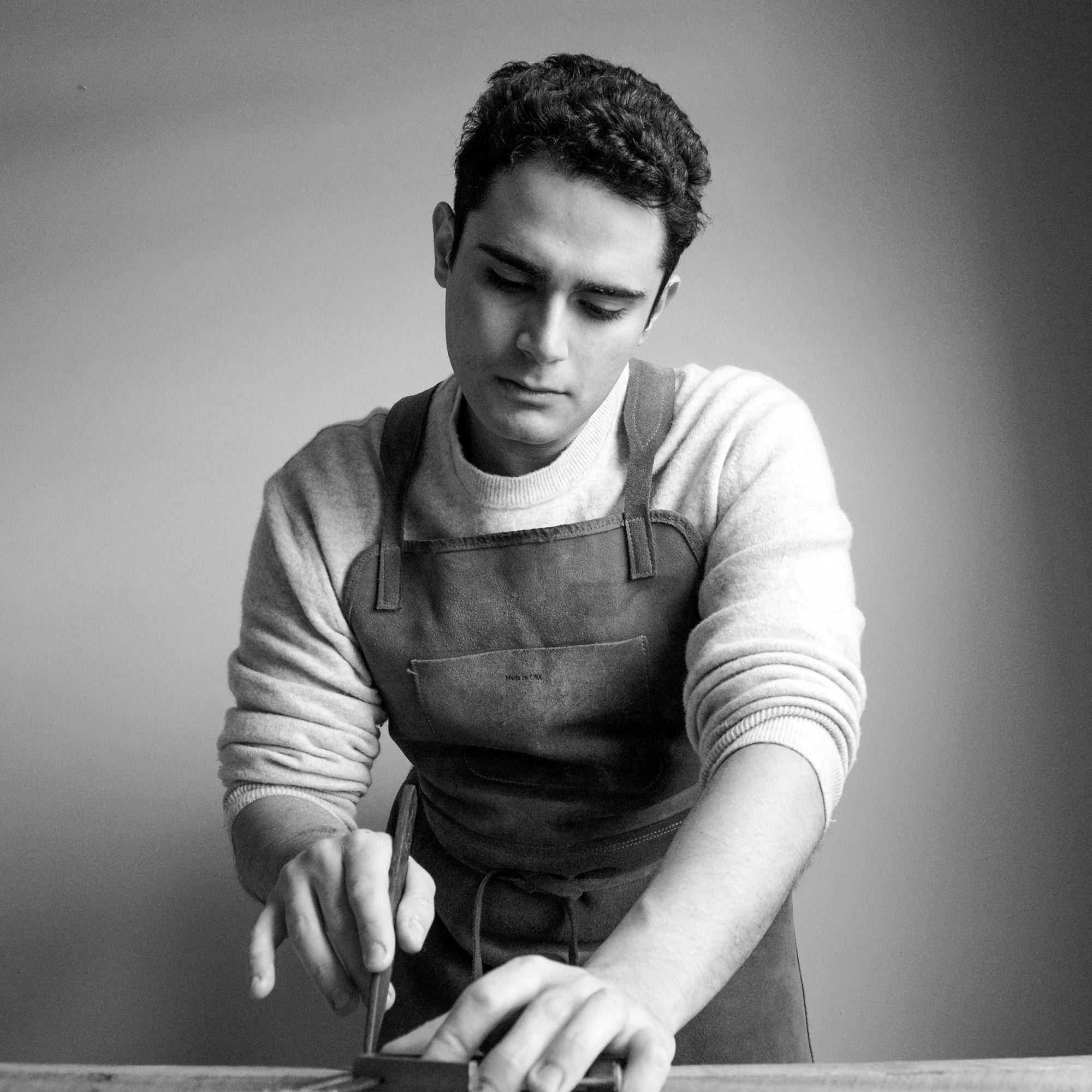
MLA Student Veronica Fay Estrada Wins 2025 CELA Fountain Scholar Award
|
Image

|
The UVA School of Architecture is proud to announce that Master of Landscape Architecture student Veronica Fay Estrada (MLA '25) has been named the graduate student recipient of the Council of Educators in Landscape Architecture’s (CELA) 2025 Fountain Scholar Award. This prestigious recognition honors Black, Indigenous, and students of color in landscape architecture who demonstrate exceptional leadership and design excellence, advancing solutions for contemporary issues in alignment with the legacy of Dr. Charles Fountain.
Dr. Fountain was a pioneering educator at North Carolina A&T and the founder of the first accredited landscape architecture program at a Historically Black College or University (HBCU). His work was defined by mentorship, innovation, and a commitment to expanding opportunities in the field. The award named in his honor recognizes students who embody these values and have the potential to make lasting contributions to landscape architecture. Of the nine graduate applicants this year, Estrada’s submission "best exemplified what we believe encompasses a CELA Fountain Scholar," stated Marc Miller, CELA Vice President for Diversity, Equity, Inclusion, and Recruitment and Associate Professor of Landscape Architecture at Penn State University. Estrada was recently presented with the award at the 2025 CELA Annual Meeting, where she was celebrated for her achievements and recognized for her potential to shape the future of the profession.

Interview with Veronica Fay Estrada
Your academic and professional journey spans architecture, landscape architecture, and international experiences. What moments have been most transformative for you, and what challenges have shaped your path?
Shifting from architecture to landscape architecture has been both grounding and liberating. My architectural background provided a strong foundation in design thinking and spatial awareness, but landscape architecture has opened a new way of seeing—one that is deeply attuned to ecology and social systems. This transition has reaffirmed my belief that design is a transformative force for both human and non-human communities.
Charlottesville has been a place of reflection and growth. As an international student, I had to navigate a new cultural and academic environment, which was both a challenge and an opportunity. It pushed me to form meaningful connections, question assumptions, and develop a deeper awareness of the social and historical layers embedded in place. Adjusting to graduate school after working full-time also required a shift in pace and priorities, but it allowed me to approach learning with renewed intention. What inspires me most is the chance to be part of a generation redefining how we design in response to planetary change.
What core design principles guide your work, and how have they evolved through your studies and experiences?
At the heart of my design philosophy is a commitment to critical inquiry and the integration of artistic practice into the design process. I believe landscape architecture must engage deeply with the intractable issues of our time by developing tools and methods that extend beyond traditional disciplinary boundaries.
My principles have evolved from a foundational understanding of form and function to an engagement with systems thinking and representational innovation. I am especially drawn to the idea that design can reveal and reframe our relationship to the land—not through aesthetic abstraction alone, but through methods that acknowledge the intertwined realities of environment, history, and social equity. To me, this means embracing complexity, contradiction, and the challenge of imagining new futures.

Receiving the 2025 CELA Fountain Award is a significant recognition—what does this honor mean to you, and how does it shape your aspirations moving forward?
Receiving the CELA Fountain Scholar Award is both an honor and a responsibility. Dr. Fountain’s legacy is a reminder that landscape architecture is not only about shaping physical spaces but also about expanding access, cultivating talent, and redefining who the discipline serves.
This award affirms my commitment to challenging conventional boundaries and centering pluralistic ecologies and new forms of representation. It strengthens my resolve to contribute to a more responsive landscape architecture—one that embraces emerging tools and methods to address challenges not yet fully defined by the field.
Moving forward, I aim to deepen my research and design efforts in ways that foreground overlooked relationships—between culture and climate, between visibility and care. This means engaging both the intellectual and ethical dimensions of practice to create meaningful, enduring change.

Just as Dr. Fountain's work reshaped education and practice, I am committed to cultivating a discipline that is as dynamic as the ecological and social systems it seeks to engage. Through this endeavor, I hope to not only honor the legacies of those who have shaped the field but also amplify our capacity as designers to see, to imagine, and to build. In doing so, I aspire to position landscape architecture as a catalyst for optimistic change—one that bridges disciplines and reframes our relationship with the natural world.
—Veronica Fay Estrada, 2025 CELA Fountain Scholar



